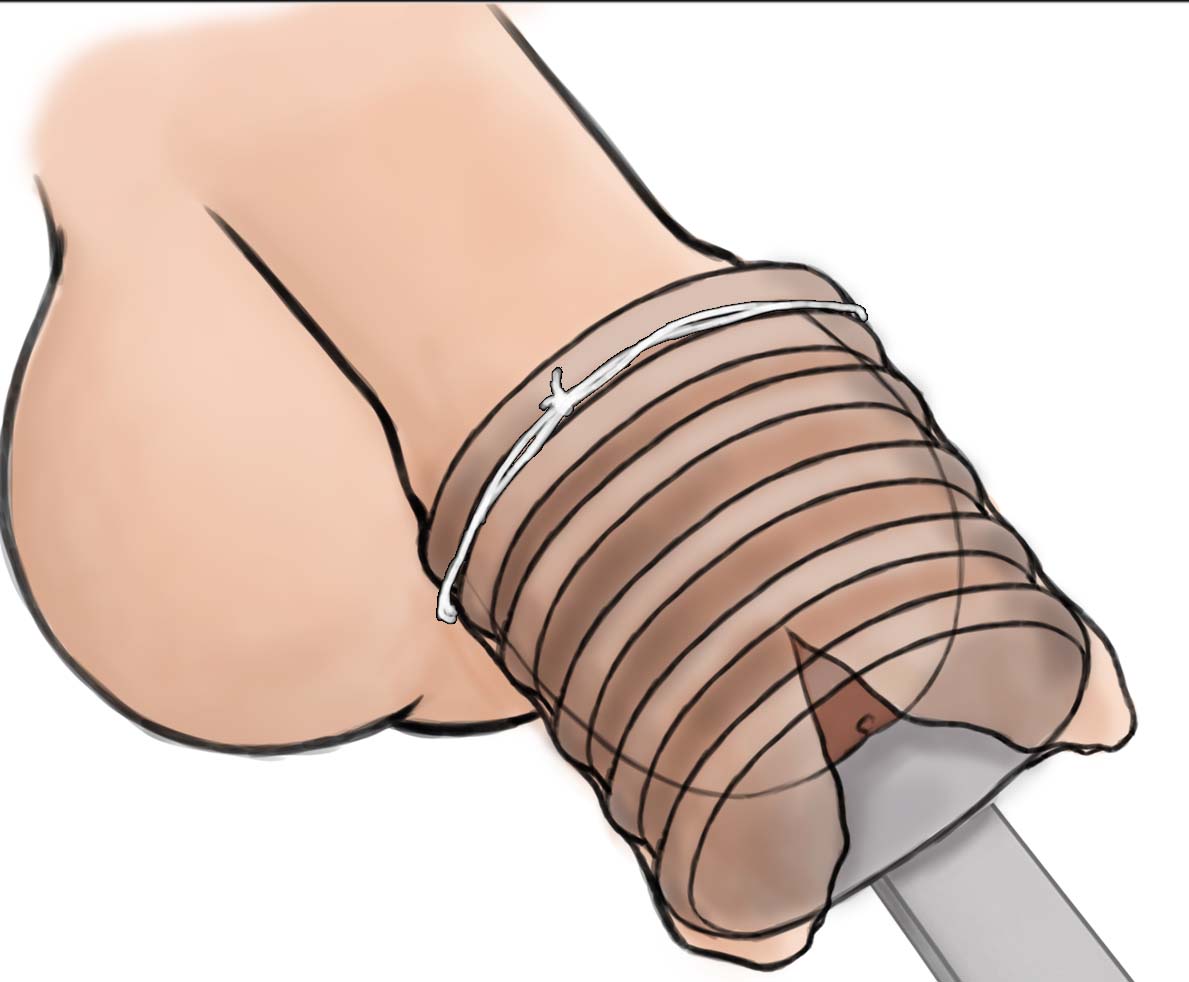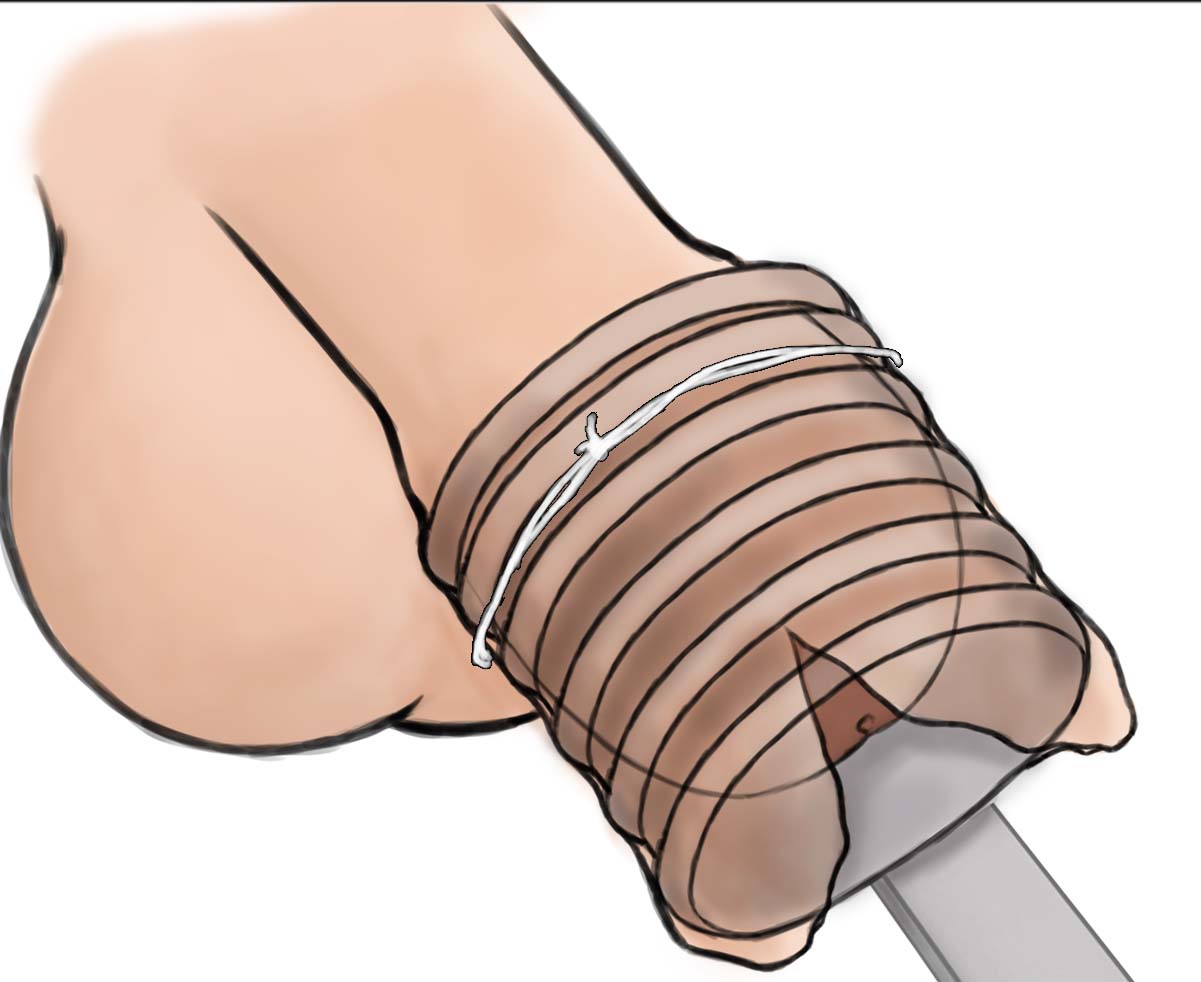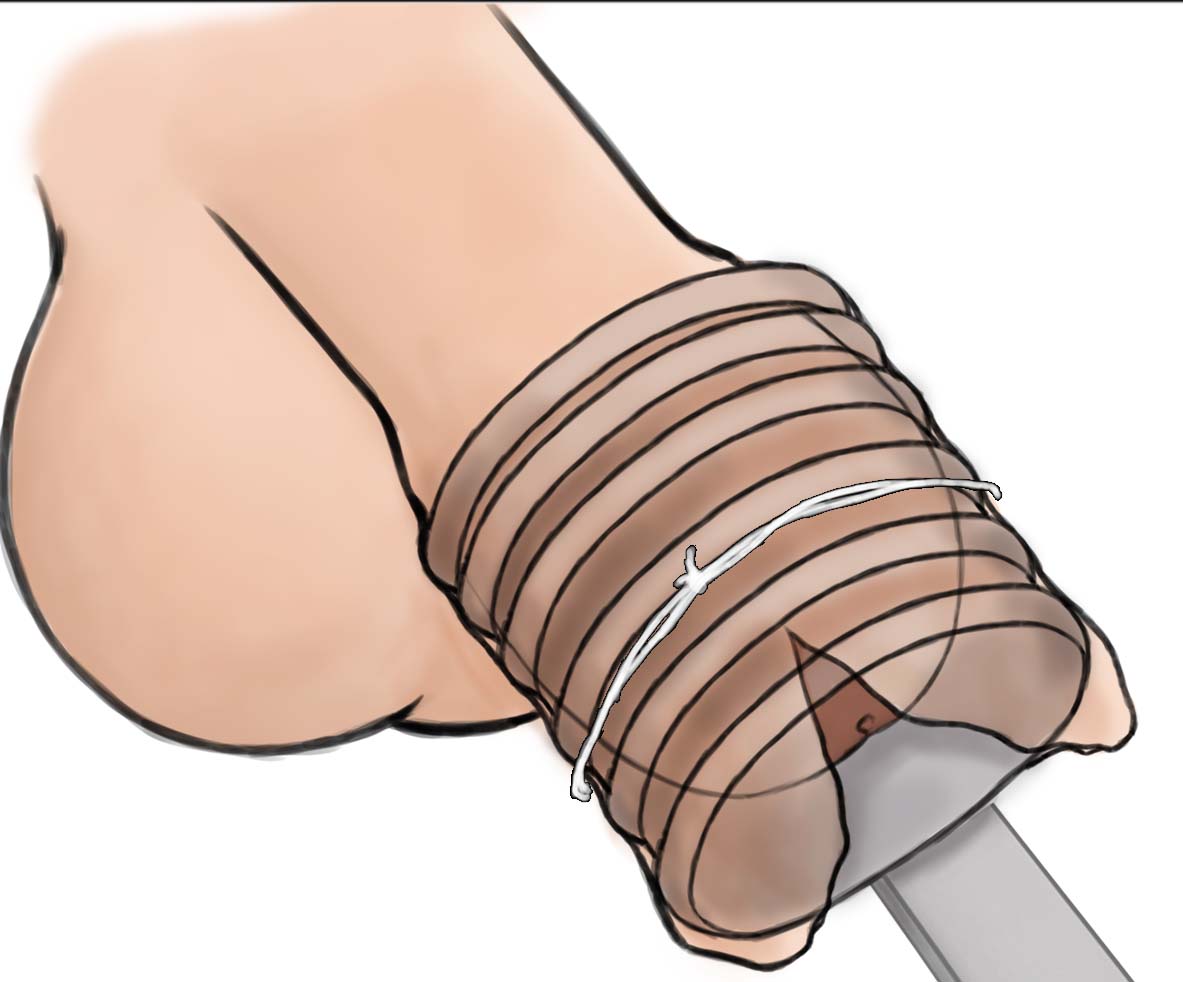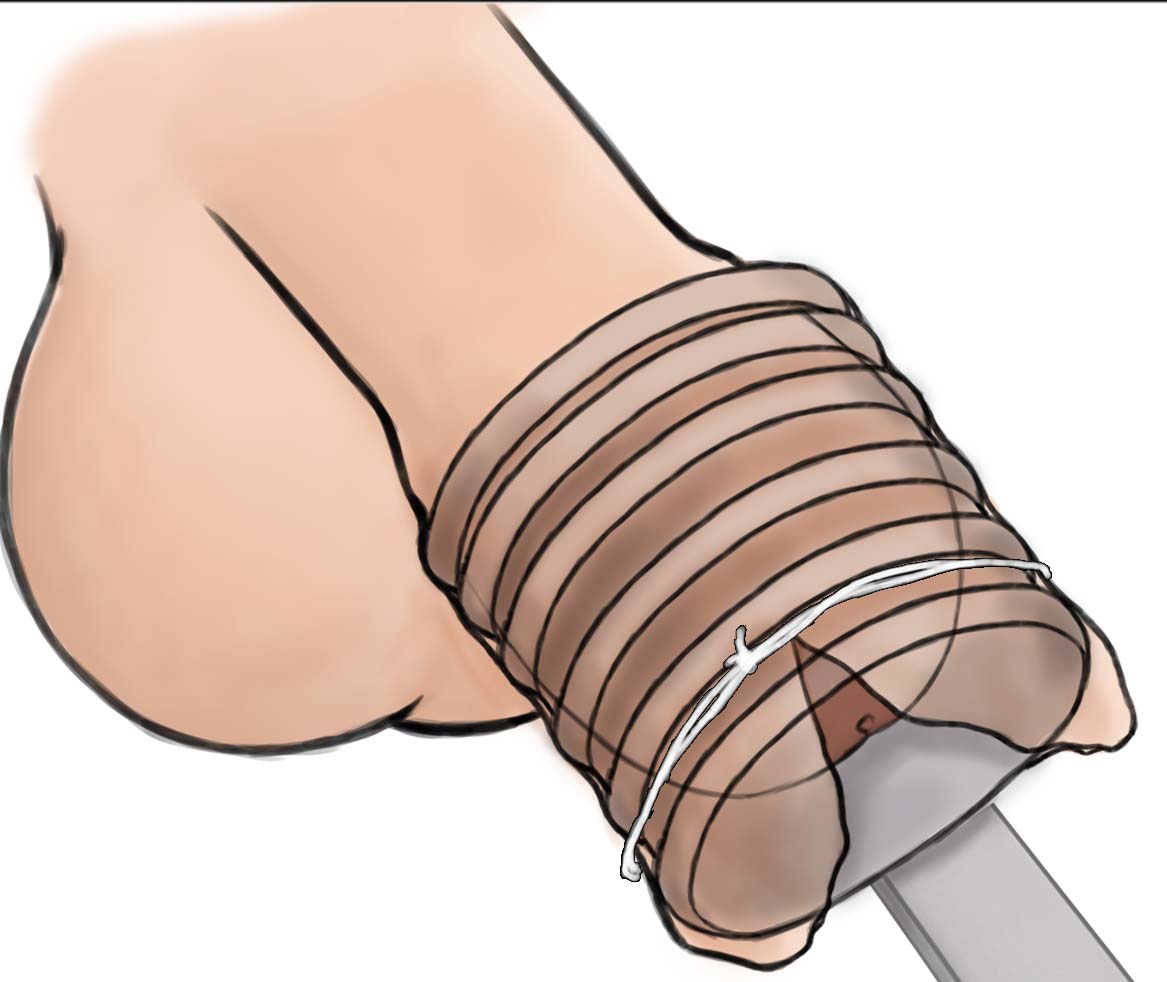Novel Circumplast Device for Enhanced Safety in Paediatric Male Circumcision in Pakistan at the 31st Annual Conference of the Association of Paediatric Surgeons of Pakistan
Javaria Akram
Dr A R Khan Introduced a novel Circumplast Device for Enhanced Safety in Paediatric Male Circumcision in Pakistan at the 31st Annual Conference of the Association of Paediatric Surgeons of Pakistan.
Introduction:
In the dynamic landscape of paediatric surgery, advancements prioritising safety and efficacy are pivotal. The 31st Annual Conference of the Association of Paediatric Surgeons of Pakistan (APSP) witnessed a groundbreaking development as Dr A R Khan unveiled the Circumplast device, which is designed to augment the safety and precision of male infant circumcisions. Attended by 280 Paediatric surgeons, the event marked a substantial progression in Paediatric surgical techniques.
Dr. A R Khan's Pioneering Contribution:
With a three-decade tenure in Paediatric surgery, Dr A R Khan has consistently contributed to refining surgical methodologies, emphasising the safety and well-being of young patients. His extensive experience and commitment to progressive approaches have earned him respect in Pakistani Paediatric surgery.
The Circumplast Device for Paediatric Male Circumcision:
The focal point of the conference was the introduction of Dr. Khan's innovative Circumplast device. This sophisticated apparatus is engineered to elevate the safety and precision standards in Paediatric male circumcisions, a routine procedure performed for cultural, religious, or medical reasons. Dr. Khan's device seeks to streamline the process while mitigating potential risks and complications associated with Paediatric circumcision.
Key Features of Circumplast:
1. Safety Emphasis: The Circumplast device prioritizes safety by minimising the risk of complications, particularly migration to the penile shaft, a concern observed with alternative devices such as Plastibell.
2. Precision and Consistency: Ensuring meticulous removal of the foreskin, the Circumplast device guarantees precision and consistency—a critical aspect in circumventing potential complications like preputial adhesions.
3. Procedure Time Optimization: Dr. Khan's device optimises the circumcision process, reducing procedural durations. This benefits the Paediatric patient and enhances operational efficiency in healthcare settings.
4. Discomfort Mitigation: Acknowledging the inherent anxiety and discomfort experienced by Paediatric patients, the Circumplast device is meticulously designed to minimize such sensations, fostering a more tolerable experience for young recipients.
31st APSP International Conference:
The conference was an ideal platform for Dr A R Khan to disseminate information regarding his groundbreaking invention among the Paediatric surgery community. Attended by 280 Paediatric surgeons from Pakistan and abroad, the event facilitated the exchange of knowledge, ideas, and advancements in the field.
Dr Khan's presentation captivated the audience, featuring a live demonstration of the Circumplast device and an in-depth discussion of its potential impact on the future landscape of Paediatric surgery. The ensuing interactive session allowed surgeons to pose questions, share insights, and engage in meaningful discourse about this innovative device.
Conclusion:
Dr. A R Khan's presentation at the 31st APSP International Conference signifies a noteworthy advancement in Paediatric surgery. The introduction of the Circumplast device not only underscores Dr Khan's dedication to innovation but also highlights the collaborative efforts crucial for advancing healthcare practices. As the medical community embraces this pioneering technology, the future of Paediatric surgery appears promising, with an enhanced focus on safety and patient-centric approaches through the utilization of Circumplast devices for secure Paediatric male circumcisions.
Contact the Executive Manager for further information and Circumplast order in Pakistan +92 308 5492563












